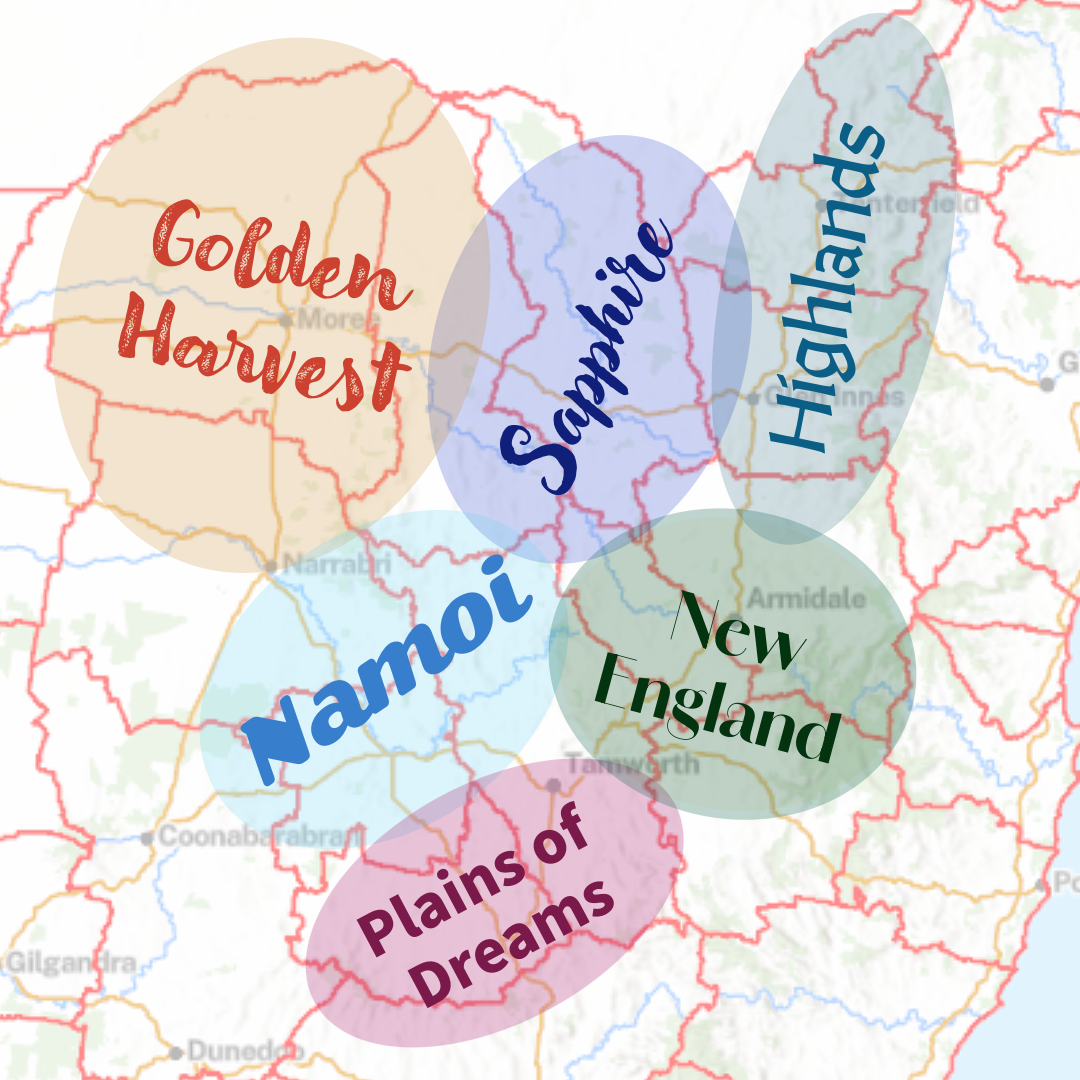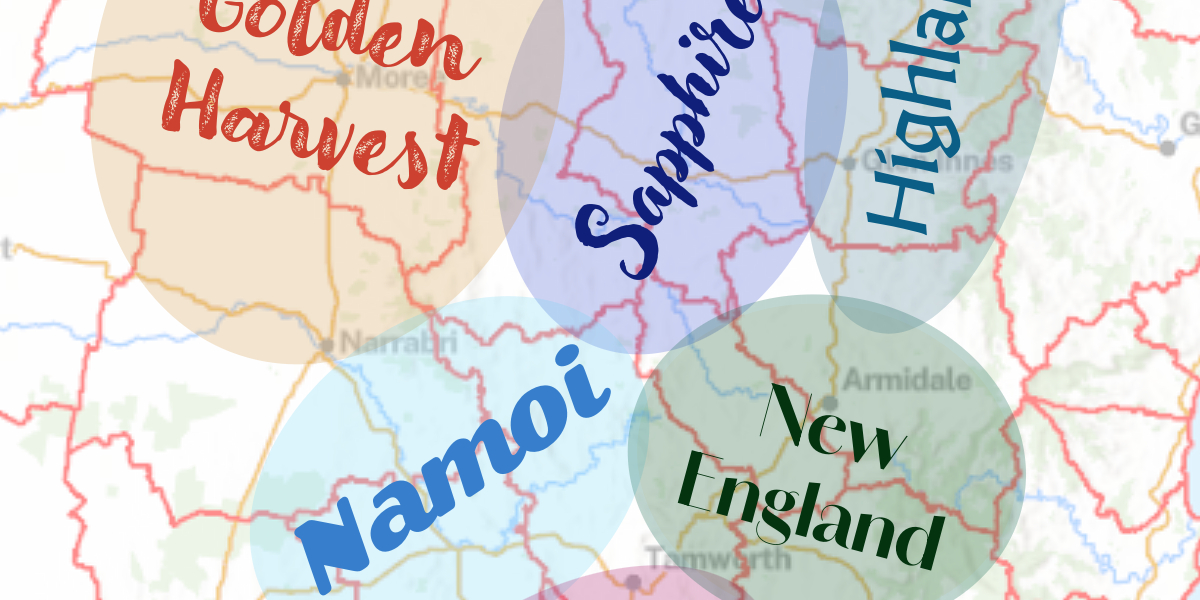Look, it’s been weeks since I’ve been a social pariah and subjected to a whirlwind of online hate, so I probably should hurry up and say something wildly unpopular so y’all can get your dopamine hit.
Ready?
Half the local councils in the New England shouldn’t exist.
Cue outrage… now.
Just not good enough
Despite the fact that council jobs are relatively well paid, small regional councils generally struggle to attract and retain good people, particularly in the executive functions like communication, strategy, economic development, project management, finance, legal, HR and so on.
This means that small councils are notoriously poorly managed. Even in the odd event that you do get an amazing GM or other senior person, they don’t have the team around them to really deliver, and burnout from doing all the lifting themselves.
And then they cut corners to cope.
Lots of New England councils cut corners. Frequently. They often justify this because they’re a small council with limited resources. The different nature and culture of the councils means they cut different corners, but most of them cut a corner or two somewhere.
Y’know what else isn’t good enough? The calibre of council members. Small populations + big number of elected representatives = lots of people that have neither the intellect nor the appropriate disposition and social skills to be there.
(Dear lawyers: if your client thinks the above really generalised comment is about them, suggest that they consider therapy, because it isn’t about anyone specific nor, for that matter, limited to the New England. For example, Tasmania is a really great case study in overgovernment resulting in poor calibre individuals getting elected.)
What happens when you have dead weight on council? All of the councillors and staff spend more time dealing with the problematic councillors than getting stuff done. That means more meeting days, more code of conduct investigations, more staff overtime and a whole lot more cost for ratepayers, diverting money from essential services.
Read the documents
One of the more gruelling parts of my job is reading the agendas, minutes, and various documents of all 12 local government areas in the New England. And when you do that on a regular basis, my word is it easy to see which ones are cutting corners.
There are strategy and policy documents clearly copied from other towns or templates with little modification, indicating a tick and flick approach so they can say ‘yes we have one’. Financial documents with simple addition errors or fanciful projections. Missing documents. Unprofessional personal gripes and bigotry making its way into formal documents.
And now we’ve got AI-generated content: voluminous, shiny, and utterly meaningless, and extremely useful for the council that doesn’t want to do the work.
Nobody reads this stuff anyway, right? We can cut this corner and no one will notice, right?
Not only do I notice, and people looking to invest or move to the area notice, the lack of documented proper policy and strategy – and the obviousness that the council has not done the work – results in everything from stagnant economic growth to being denied grant funding.
You have to do the work. You have to document the work. Pretty graphic design will not hide the lack of work.
Follow the money
Then there’s the cost. Councils with 6 or 8 or 9 councillors and a full staff structure are expensive to run. If you’ve got fewer than 10,000 people paying rates to fund all of that, it just doesn’t add up. Either rates are sky-high, councils are in debt, services are being cut – or all of the above.
Yes, a decline in federal grants is a big problem. So is state government cost shifting. But the systems that hand out funding imagine councils as large, well-resourced organisations with thousands of ratepayers, like they are in cities. That’s just not the reality out here.
Even if we did bust that perception problem, and even with full funding, some of our councils would still be too small to be viable. If they were businesses, you’d wind them up.
And it shows.
Smaller councils often deliver fewer basic services than their larger cousins, while still charging the same rates as those who are getting those services. Try telling someone in Hornsby they can’t have rubbish collection or a driveable road to their home, but they still have to pay rates like those who do.
(And no, I’m not going to get started on Armidale’s lack of a recycling wheelie bin. That rant is reserved for Tuesdays.)
Some will argue that rural councils are more efficient with things like development applications. And it is true that Walcha is on the top of the league tables, processing 100% of it’s 5 DAs within the statutory 14 day goal. But Gwydir and Uralla are near the bottom of the table, with barely half of their DAs getting processed in time. Again, which compromises are made and what actions are prioritised varies, but there are always compromises and priorities as smaller councils just can’t do it all.
Importantly, many roads between important service centres are really bad, strangling economic growth. And that’s never going to change while you have parts of that road in multiple different LGAs. Locals will just continue to endure higher cost of living because they have to go the long way to drive safely, and tourists will keep getting caught on crappy roads because Siri doesn’t understand that ‘road’ is a glorified goat track.
Redraw the map
I could continue on this for a while with lots of examples and data points, but let me skip to the bit the Facebook commenters have assumed and are already outrage posting about.
No, I don’t think forced amalgamations are the answer. I don’t think amalgamations are the answer.
Merging Uralla and Walcha, or Inverell and Gwydir, for example, solves nothing. Mike Baird’s forced mergers were a case study in how not to do it. The current government’s de-amalgamations are also a case study in how not to do it, although the recent decision on Cootamundra-Gundagai may give some hope.
But it can be done.
I’ve always believed three things:
- Local government reform is desperately needed.
- Forcing communities to give up their identity and agency always ends badly.
- The failure of the Baird agenda was forcing amalgamations, and not giving communities the opportunity to redraw the map entirely
Just as Tingha got to choose to join Inverell rather than be in Armidale, so should other communities get to choose where they belong – within reason. For example, Bundarra should be able to decide if it wants to be part of Inverell, Armidale, Uralla, or something new.
That’s how you make it work: empower communities to define their region and identity. Don’t smash two distinct communities together against their will and expect harmony.
Imagine if Glen Innes Severn and Tenterfield weren’t each broke and battling alone, and Guyra hadn’t been forced under Armidale’s thumb, but instead the high country had come together and formed something new – a Highlands Regional Council. The tourism marketing campaign writes itself. And pride in the shared identity could boost economic development and community satisfaction even higher than the altitude.

Councils should be for regions – collections of localities with a common identity. But we should get to define what those regions are… both democratically and through common sense. Where do people shop? What things in their region do they identify with as being local? What is the natural focal point of each area?
And then get creative. Pick a name that makes marketing easy and people can identify with. You can use an existing locality name if you want, but DO NOT use a town name, as that tends to result in that town getting everything, and everywhere else being forgotten. Create a regional brand, start regional festivals, set ambitious goals and go for it.
Nothing is off the table once we give ourselves permission to redraw the map.
Yes we can
Yeah ok, the creative imaging of new regions would be a little bit harder in practice than in hypothetical, and theres some legal stuff to sort, but it can be done.
If we’d done this a decade ago, we’d likely have stronger, more cohesive councils today, with shared goals and thriving economies instead of endless infighting and councils going broke. As an added bonus, we could get rid of some of the really odd boundaries, hangovers from county and parish borders that long ago ceased to have any relevance.
There are existing models to support this kind of reform and ensure better representation and management: wards to ensure local representation, citizen committees to raise grassroots issues, and directly elected mayors to give everyone a say in leadership. Social movement and other clever mapping people exist and do know how to do this stuff.
And yes, local government reform sucked last time around. But that did not eradicate the need to do it.
We need to have this conversation again. But we need to have it the right way. A way that respects and empowers people and communities to design their own destiny.

RK (Kath) Crosby is the CEO of research and strategy company KORE CSR, former strategist for the Australian Democrats, and a well known migraine advocate. She is also the Publisher of New England Times and North Coast Times.
Got something on your mind? Go on then, engage. Submit your opinion piece, letter to the editor, or Quick Word now.

